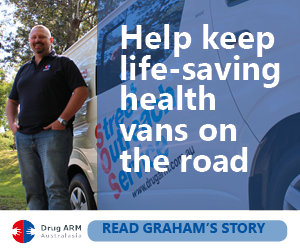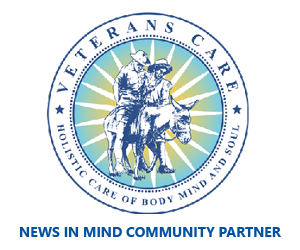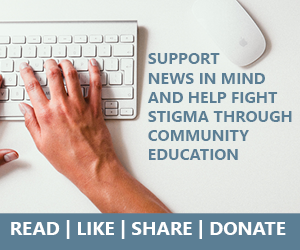More than half of Australian infants have multiple risk factors for developing a mental illness by the time they are adults, a much higher amount than is currently recognised, a study from the University of South Australia has found.
The study, published in the Australian and New Zealand Journal of Psychiatry, is the first to have attempted to estimate the percentage of children between the ages of 0–13 years at-risk of developing adult mental illness.
The researchers used a 2013 review of longitudinal studies on child and adolescent determinants of adult mental illness to compile a list of evidence-based risk factors in childhood that may lead to mental illness.
These risks included genetic influences, hyperactivity, bullying, poor school performance, physical abuse, sexual abuse, neglect and witnessing domestic violence, harsh discipline as well as divorce and separation, among others.
They then used the Longitudinal Study of Australian Children, which follows the development of 10,000 children and families from across the country, to estimate the prevalence of these risk factors in children up to 13 years old.
“At the earliest age, risk factors for adult mental illness are highly prevalent,” the study found.
“Even by infancy, risk factors for adult mental illness are highly prevalent, with 51.7% of infants having multiple risks.”
One in 10 infants were born to mothers who consumed alcohol daily and one in eight to mothers who smoked cigarettes daily during pregnancy, the study found, both risk factors for mental illness.
And 10.5% of infants were in families where the parents had separated, which increased to 18% in 10 to 11-year-olds. Two-thirds of children aged 12–13 years had parents who displayed low warmth or exhibited high hostility or anger, the study also found.
It also found that by the age of nine, more than 18% of children were exposed to more than five risk factors for developing a mental illness.
A co-author of the study and chair of health economics and social policy
at the University of South Australia’s Centre for Population Health Research, Professor Leonie Segal, said the researchers wanted to quantify the amount of children at risk so appropriate funding for intervention services could be allocated by governments.
“We wanted to determine the number of children and families at risk to make a more explicit call for a response” she said. Many of the risk factors identified could be modified or responded to early, she said, such as alcohol use during pregnancy and abusive parenting.
“The difficulty is we have a service system that puts a lot of funds into programs such as the Better Access programs, which provides mental health care plans to patients, but the evidence is those services are going to the more advantaged in society and not towards lower socioeconomic groups who may have higher risk factors,” Segal said.
“We are struggling to get to the most vulnerable families, and I don’t think we have enough therapeutic services on the ground to reach them. Most people want to be a good parent, but if you have enough trauma and adversity in your life, it’s going to be a real struggle and those people need help.”
The executive director of Orygen: the National Centre for Excellence in Youth Mental Health, Professor Patrick McGorry, said some of the risk factors were “truly modifiable causal risk factors which if altered might reduce the risk of later mental ill health”.
“The key thing that needs a lot more research is to see if by modifying these risk factors and intervening early with those with a need for care whether the risks can be reduced,” he said.
There were studies which found that improving parenting behaviour improved immediate problems in children, such as behavioural problems, he said. But he added that long-term preventive effects on mental illness in adult life from such interventions had not been demonstrated.
“Such studies would take decades to carry out [and] are expensive and demanding and mostly have not been done,” McGorry said.
“In the meantime we need to intervene whether in childhood or emerging adulthood when the main surge of need occurs and at the earliest signs of a need for care.”
This article first appeared on ‘The Guardian’ on 27 April 2016.

Poor mental health linked to rising rates of chronic disease
March 07, 2019
A path to wellbeing: the growing world of gardening therapy
March 04, 2019
This diet can be key to improving your mental health
March 04, 2019
Growing up in a green area may help support mental health
March 04, 2019

























Martin Whitely
What absolute alarmist disease mongering garbage. You would have to be significantly ‘disordered’ to take this crap seriously.